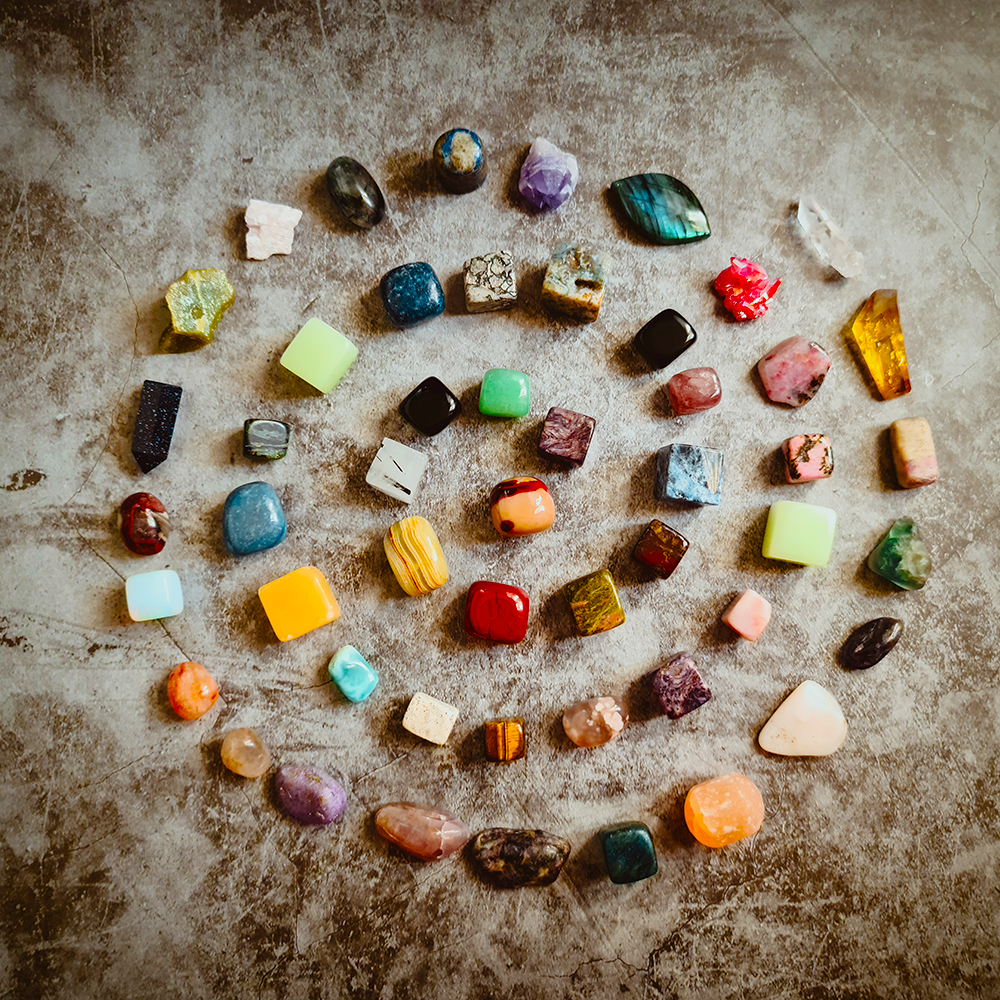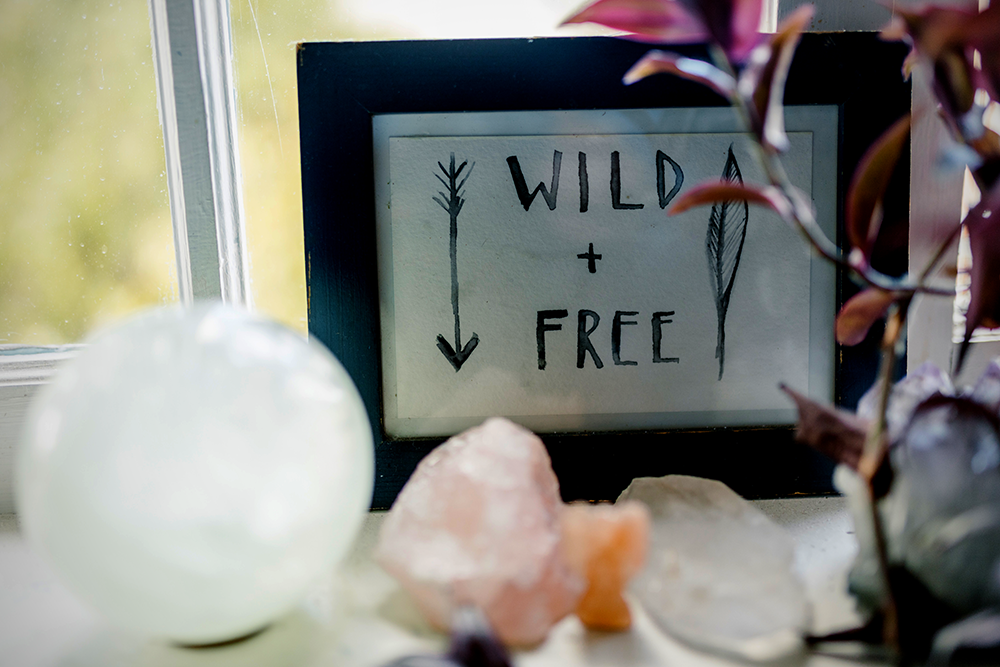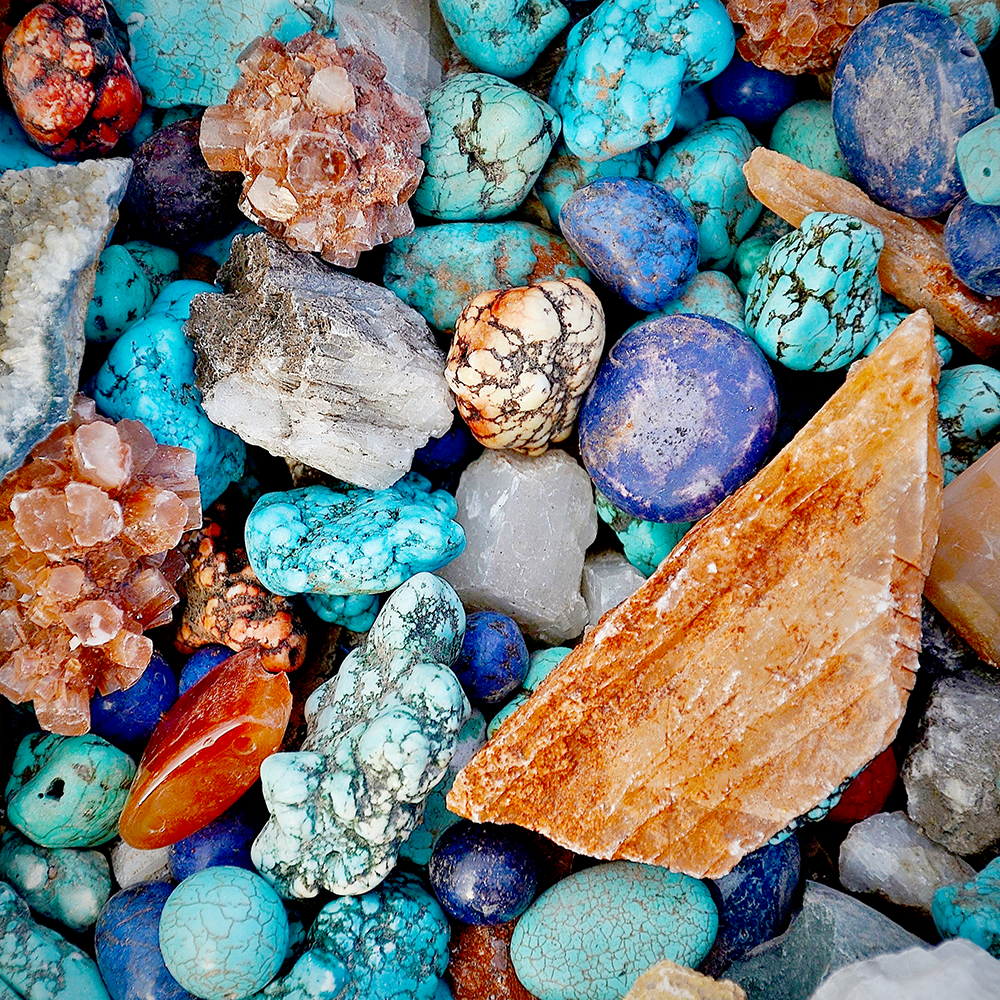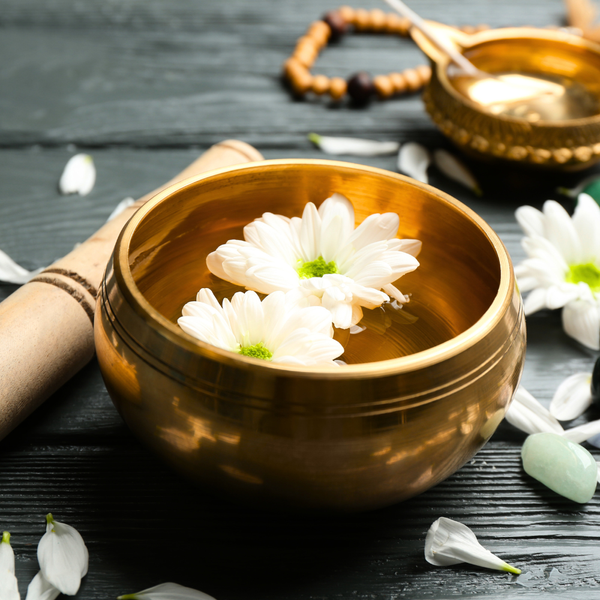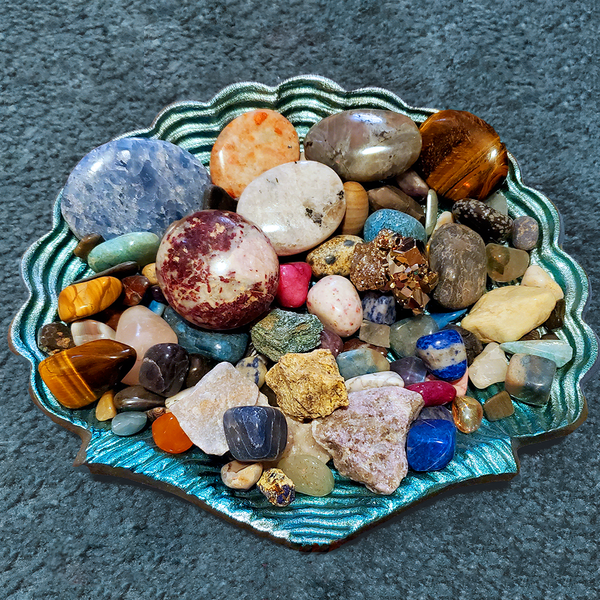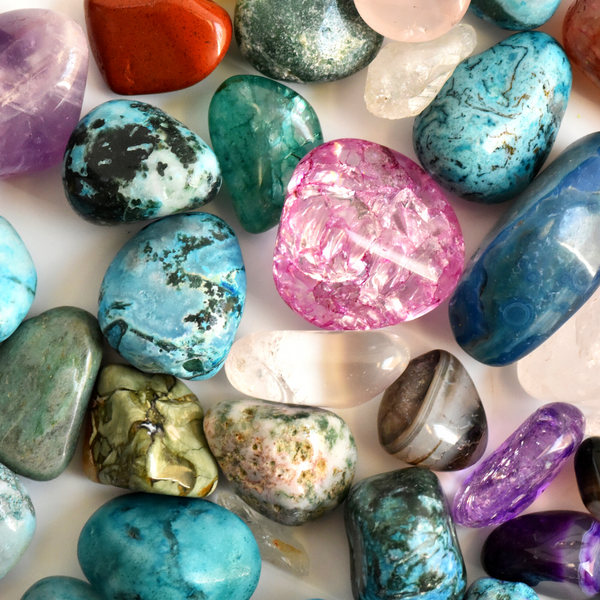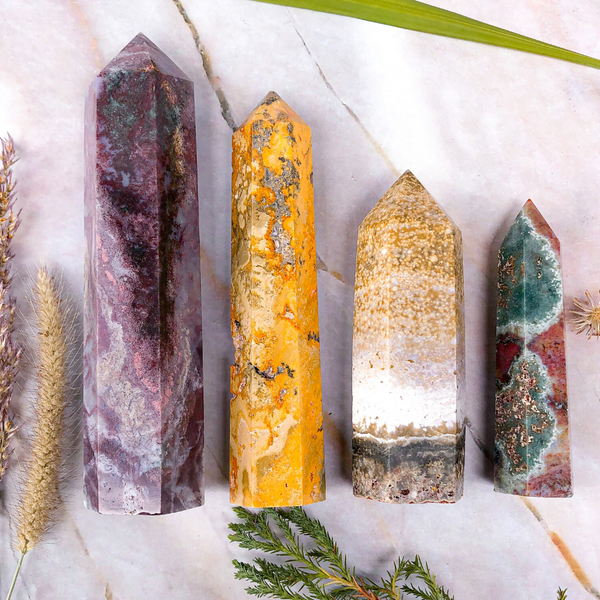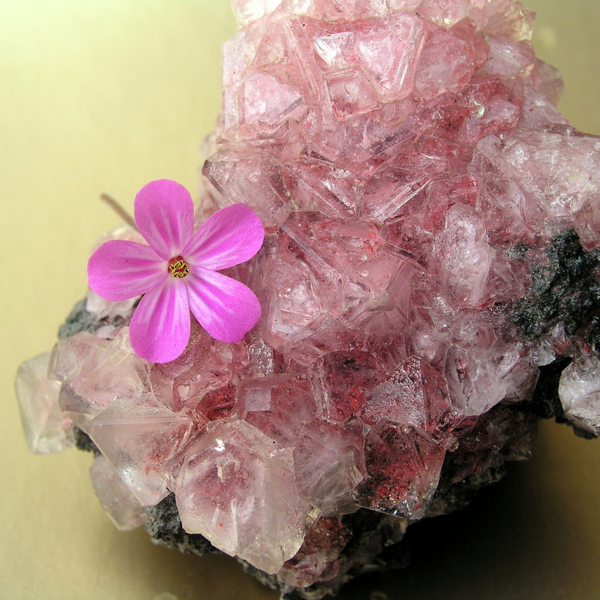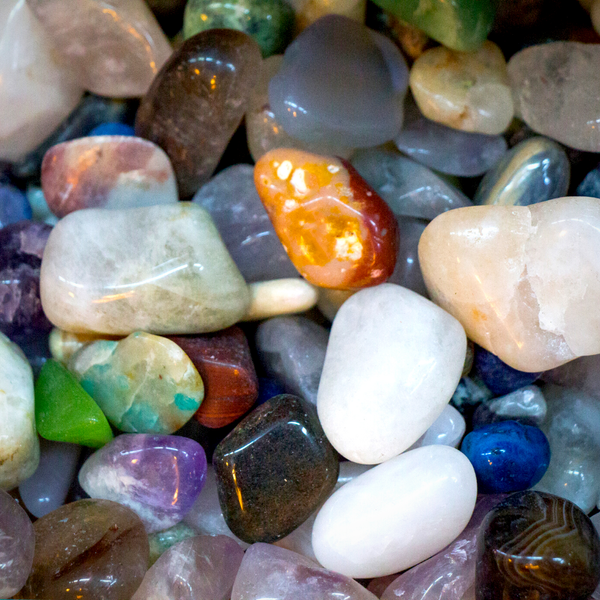When you come across a stone, you may think it's just a rock and that all rocks, minerals, and crystals are the same.
Most people think of rocks as big and heavy, minerals as sparkly, and crystals as pretty.
There are definite similarities between all three, yet there are vast differences between these three substances.
There are actually scientific definitions and distinctions for each of these terms that can help us better understand them.
Here's a quick rundown of the difference between rocks, minerals, and crystals.
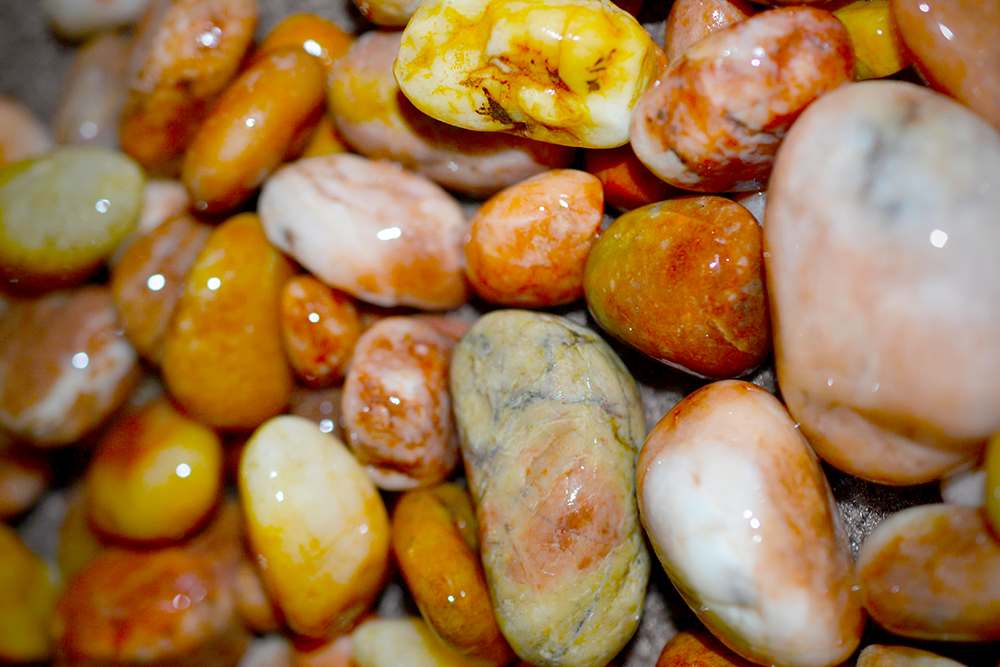
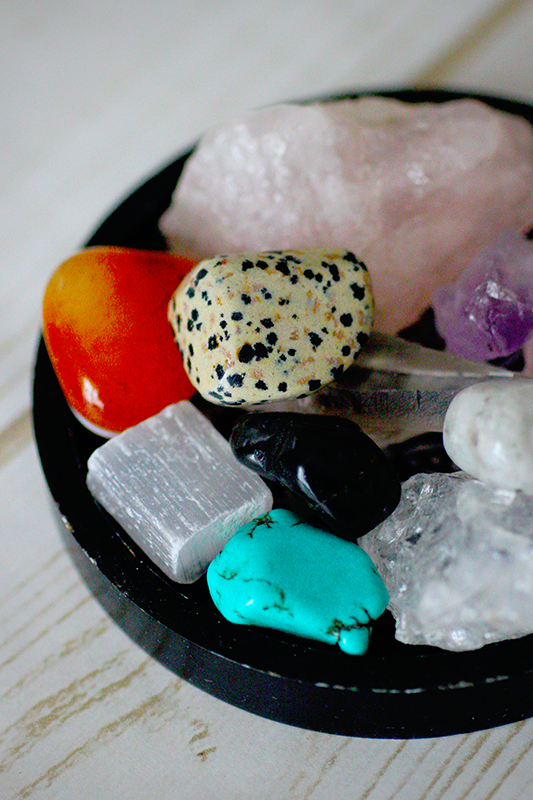

Rocks
Rocks are usually made up of two or more minerals.
Found all over the world, they come in an endless variety of colors, shapes, and sizes.
The three main types of rocks are igneous, sedimentary, and metamorphic rock.
Igneous rocks form when molten rock (magma or lava) cools and hardens.
Sedimentary rocks form when bits of sand, silt, and clay settle in layers.
Metamorphic rocks form when existing rocks are changed by heat, pressure, or both.
Common rocks include granite, limestone, and sandstone.
Rocks are often used for building materials, jewelry, and a variety of other purposes.
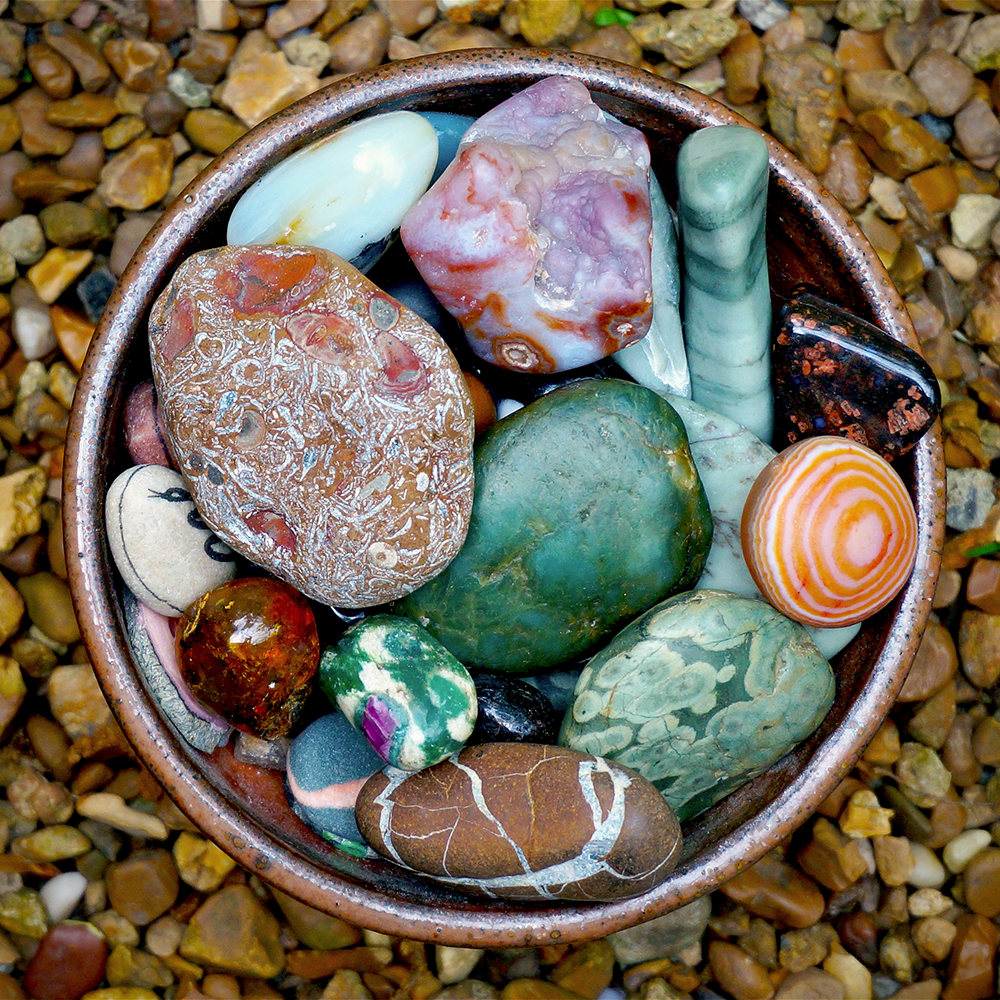
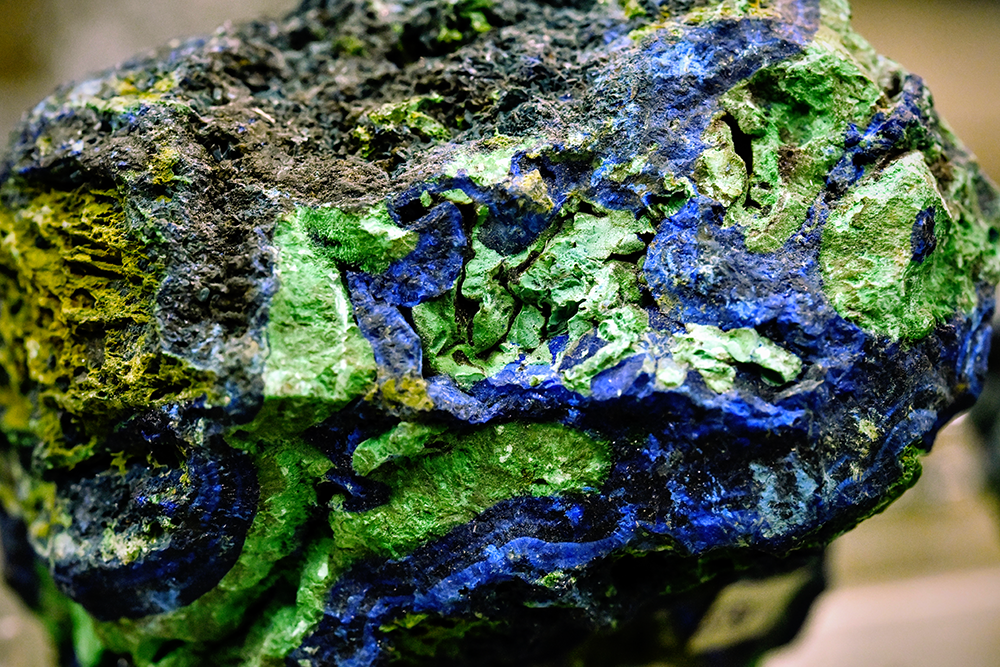
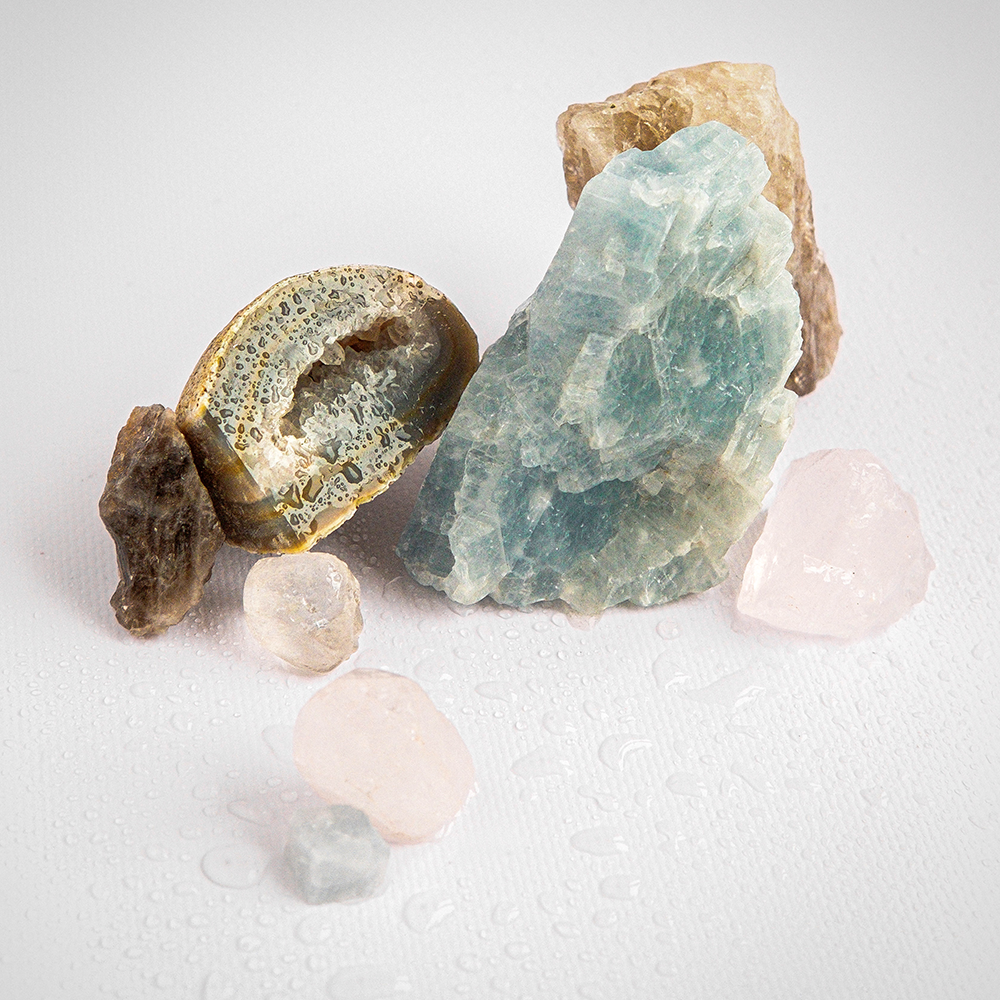
Minerals
Minerals are naturally-occurring, inorganic substances with a specific chemical composition and structure.
With their stable chemical composition, minerals form in a variety of ways.
There are more than 4,000 different kinds of minerals!
They can be any color, any size, any shape.
Some minerals are even transparent.
Minerals can be found all over the world, and they are often used to make jewelry, coins, and other objects.
Common minerals include quartz, feldspar, mica, and calcite.
Rare minerals include painite, rubies, and sapphires.
Minerals are often used for a variety of purposes, including building materials, jewelry, and even currency.

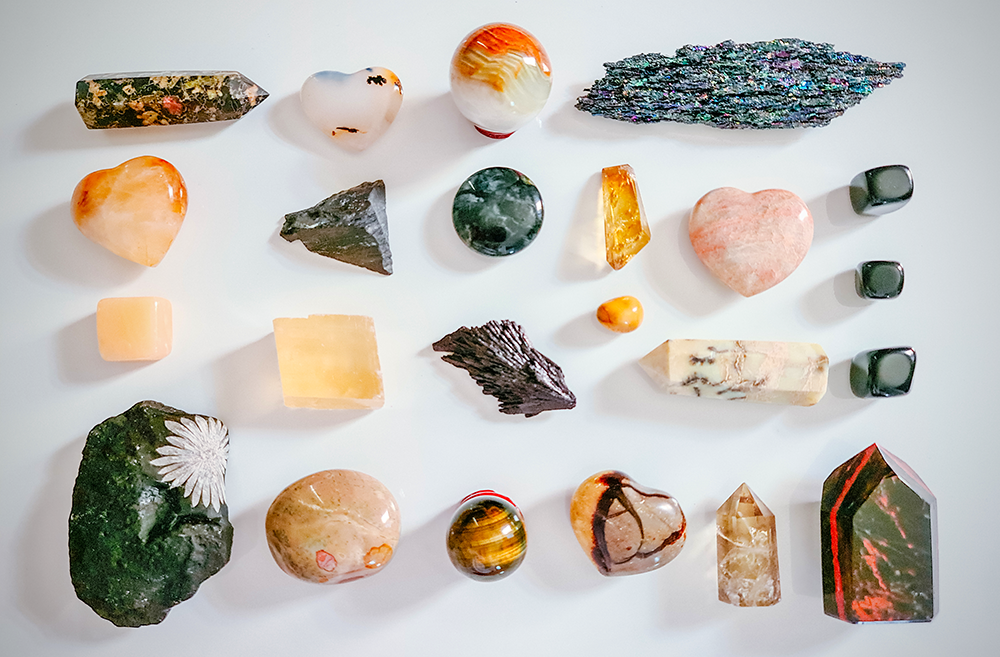
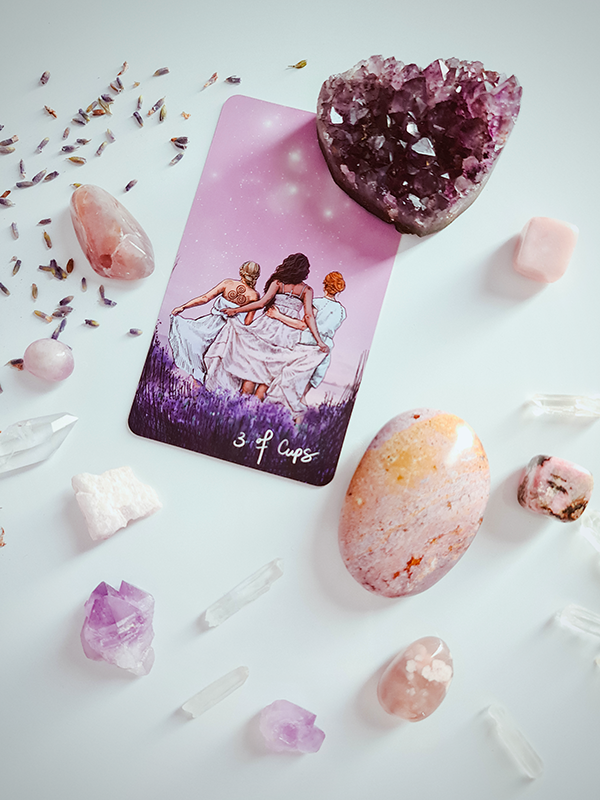
Crystals
Crystals are minerals that have a definite chemical composition and a repeating, internal, crystalline structure.
That means their atomic structure and molecules are arranged in an orderly way inside the crystal.
When light hits these crystalline minerals, it reflects off this internal structure and creates a sparkling effect.
Types of mineral crystal are found all over the world and come in many different colors, shapes, and sizes, ranging in purity, rarity, and value.
Common crystals include clear quartz, amethyst, citrine, tourmaline, and topaz, while rare crystals include larimar, ammolite, and alexandrite.
Crystals are often used in healing, jewelry, as well as in other decorative items.
Some crystals, like quartz crystals, are even used in technology, such as lasers, semiconductors, and computer chips.
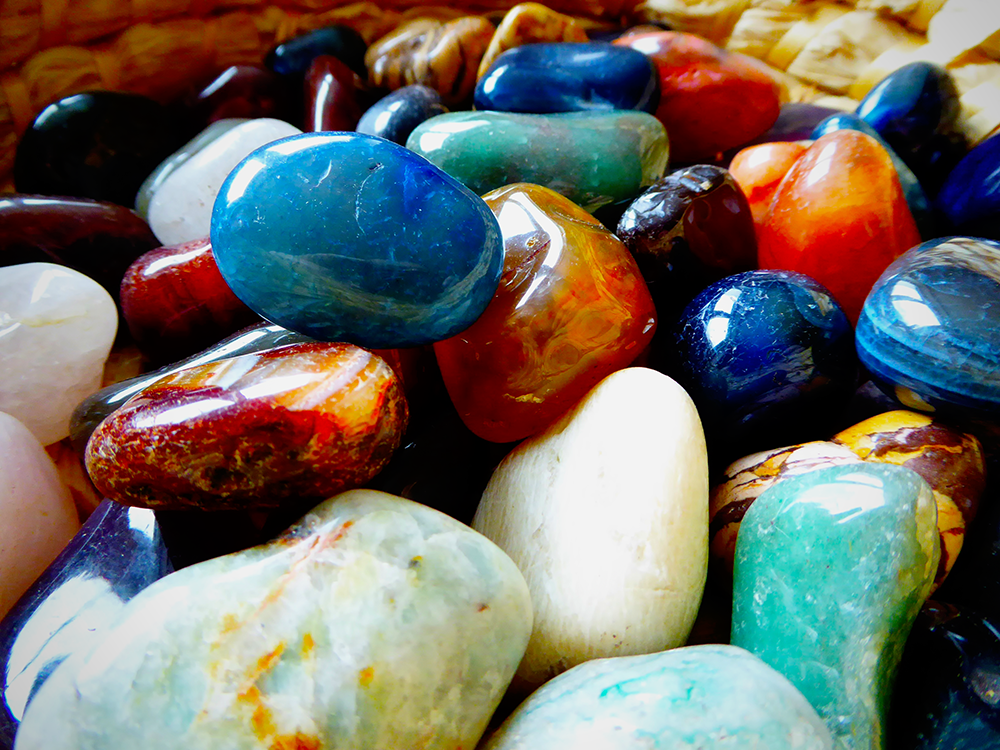
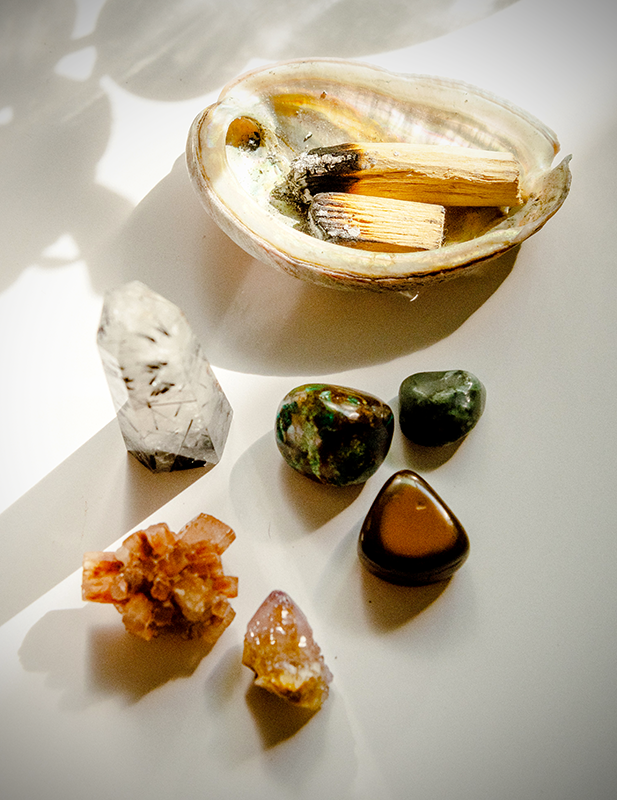
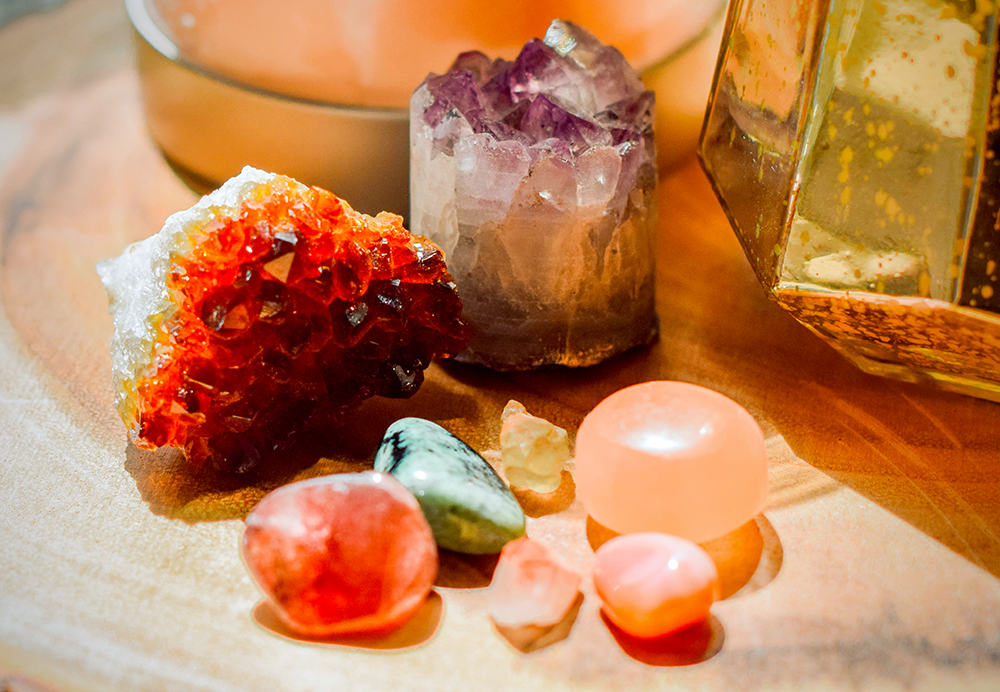
What's in a Name?
Now that you know the difference between rocks, minerals, and crystals, you can start to appreciate them in a whole new way!
While some specimens can fit into more than one category, most can be classified as one or the other.
Both rocks and crystals are made up of minerals, but, unlike minerals and crystals that have a repeating, internal structure, rocks do not.
Minerals, rocks, and crystals can be found all over the world, so you'll have plenty of opportunities to explore them further!
The next time you're out on a hike or at the beach, see if you can spot some examples of each and add to your rock collection!
And if you're ever feeling crafty, try your hand at making your own jewelry or rock art!
So, go exploring and have fun!
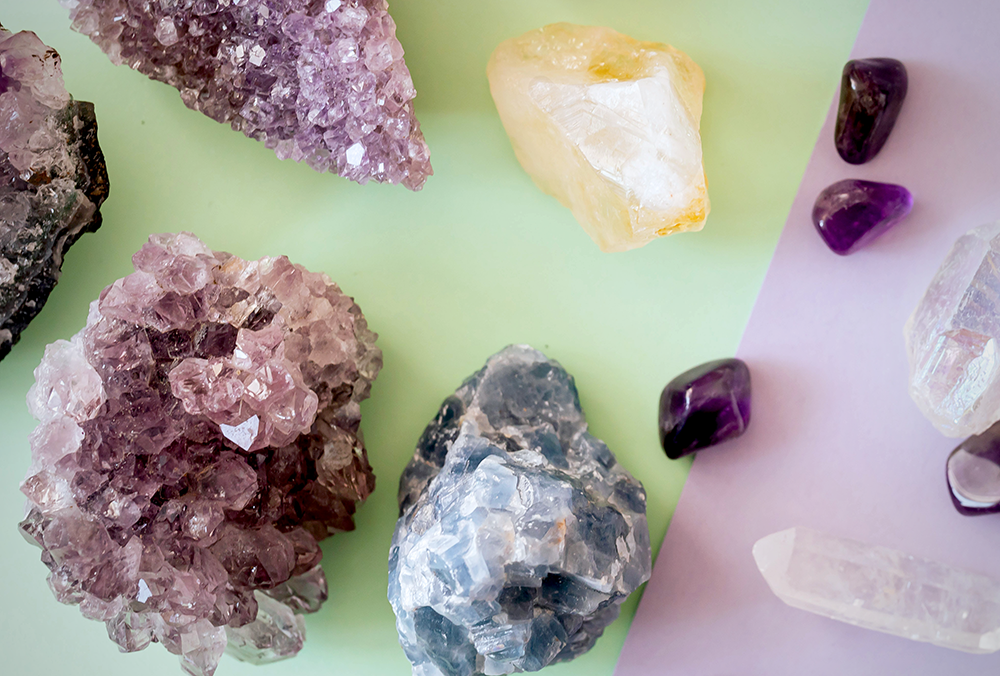
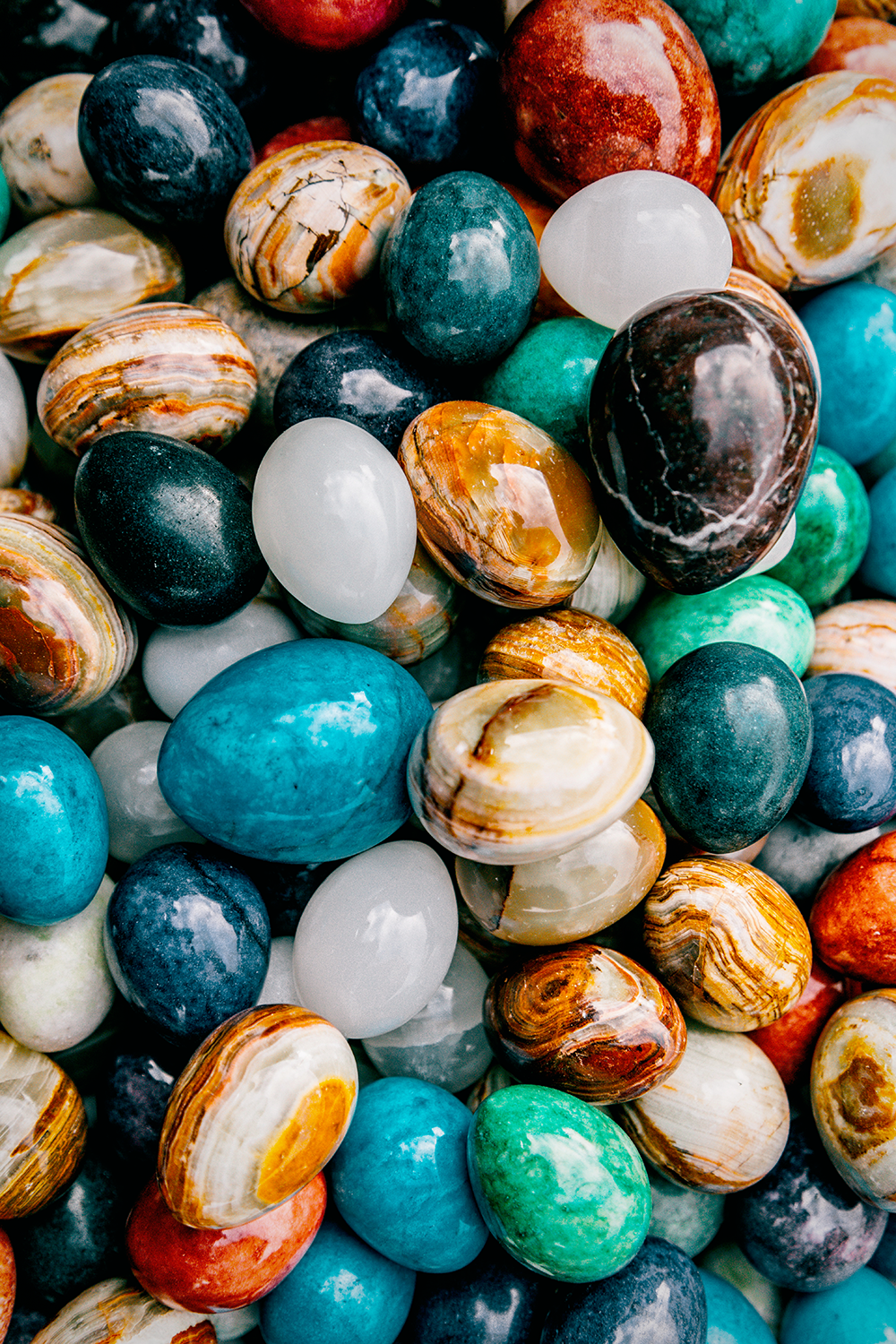

Interested in learning more? Check out Miacademy Learning Channel's video!
Interested in learning even more about crystals?
Check out some of our other awesome crystal articles:
-Beginner's guide to types of crystals
-Using crystals for creative projects

